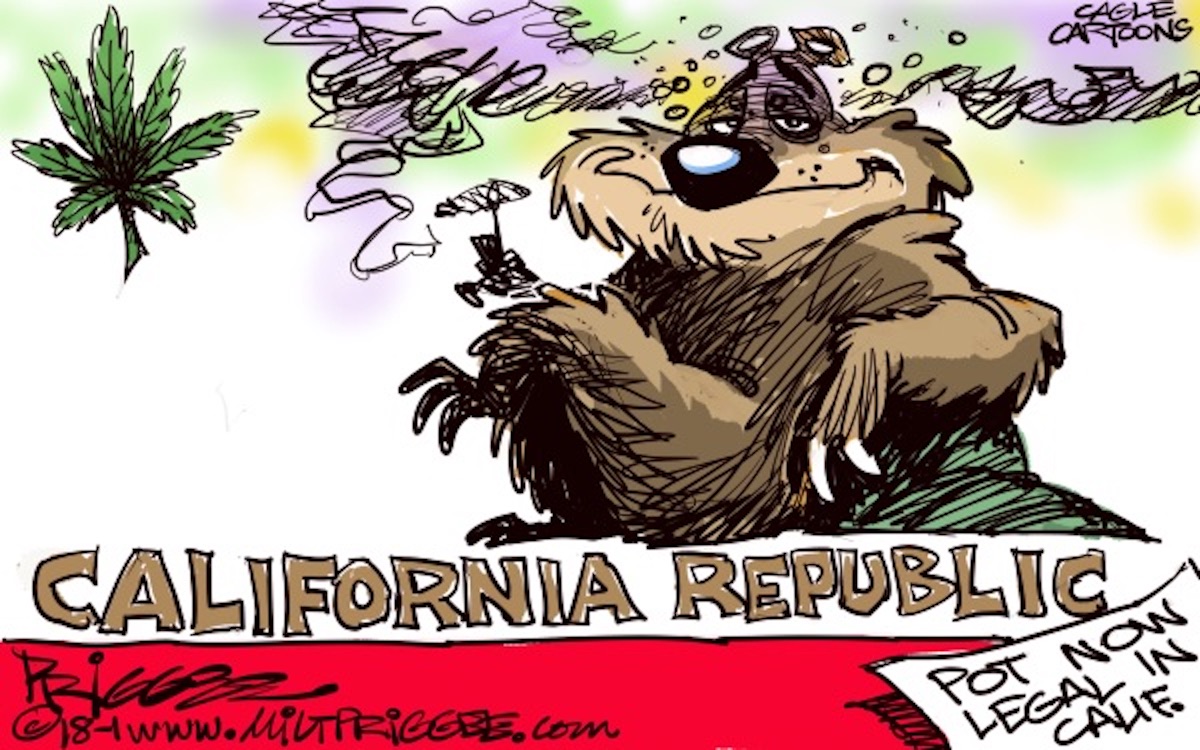Cannabis Spin Doctor’s Spin
A Few, Minimal Cases Are Not Fact

Fortunately, Dr. David Bearman’s opinions on marijuana (“I Told You So”) occupy a thimble-sized space within the scientific-medical community. His bullet points are anecdotal and based on a few, minimal cases which he then presents as fact.
Glaringly misleadingly and flat out untrue is the last sentence in his Myth #7 stating that cannabis use in Alcoholics Anonymous, is A-okay and sanctioned. In all 12 Step programs, being stoned on pot is not different than be loaded on booze. Moreover, many recovered alcoholics and addicts regard cannabis as their gateway drug to opioid addiction. Just walk into any AA or NA meeting and hear it for yourself.
Or take it from me with 38 years recovery from alcohol and drugs. I smoked weed for 15 years, often hoping it would curb my craving for booze. It never did, nor for anyone else I’ve met at the thousands of meetings I’ve attended in Santa Barbara, NYC, LA, London et al.
Certainly, the local cannabis industry has sparked more outrage than pride in Santa Barbara. Sure, the county says the revenue is good (though it gets a fraction of what other California counties get). But parents rightfully fret over the effects of marijuana on the developing brains of their kids while S.B. residents loathe the odors and worry about property values.
Although marijuana has been around forever, its recent proliferation demands that the new souped-up weed be studied in depth. Remember, it took decades for the Surgeon General to even place warnings on the use of tobacco, which was once touted by even a few MDs.
The vast majority of medical professionals agree that cannabis claims of medical efficacy are hugely inflated by its powerful lobby and the industry’s ability to buy ads in revenue-starved local media.
Up To Date is an online website available only to physicians and other medical providers. It is the gold standard in terms of up to date, reliable medical data. The following are some bullet points from its website:
• Rates of cannabis use in the United States are higher in young adult men with low incomes and no college education than among other population groups. Approximately one in eight regular cannabis users develops a cannabis use disorder.
• Cannabis use before age 17 years is strongly associated with lower educational attainment and increased use of other drugs, but these associations are not clearly causal.
• Individuals with cannabis use or cannabis use disorder often use other psychoactive substances, especially alcohol and tobacco. Substantial bidirectional comorbidity is seen between cannabis base disorder, schizophrenia, and several other psychiatric disorders, including depression, bipolar disorder (mania), anxiety disorders, and antisocial personality disorder.
• Cannabis acutely impairs attention, concentration, episodic memory, associative learning, and motor coordination in a dose-dependent manner. Long-term cannabis use is associated with impairment of verbal memory and cognitive processing speed, which resolves at least a month of abstinence.
• Substantive evidence suggests that chronic cannabis use, especially during adolescence, is associated with later development of schizophrenia. The mechanisms responsible for the association between cannabis use and schizophrenia remain unclear. Some experts believe that early cannabis use is a causal factor in developing schizophrenic.
The writer is entitled to his cannabis advocacy-view, however he is clueless about the nature of addiction. And his bullet points happen to be untrue.
While no one is advocating that cannabis be banned, let’s be clear that the cannabis lobby is no different than the alcohol or tobacco lobby, or even fast food.
The tragedy of Santa Barbara’s billion-dollar cannabis lobby is that its victims are the most marginalized and troubled among us.



